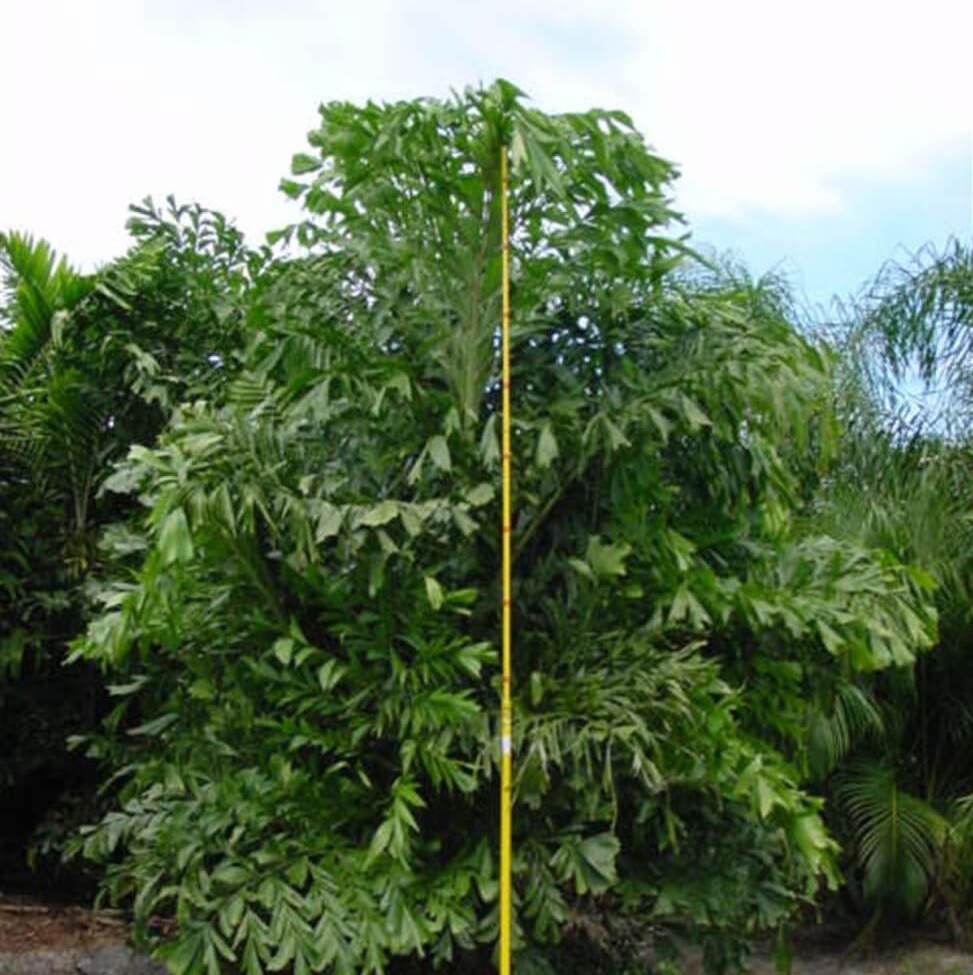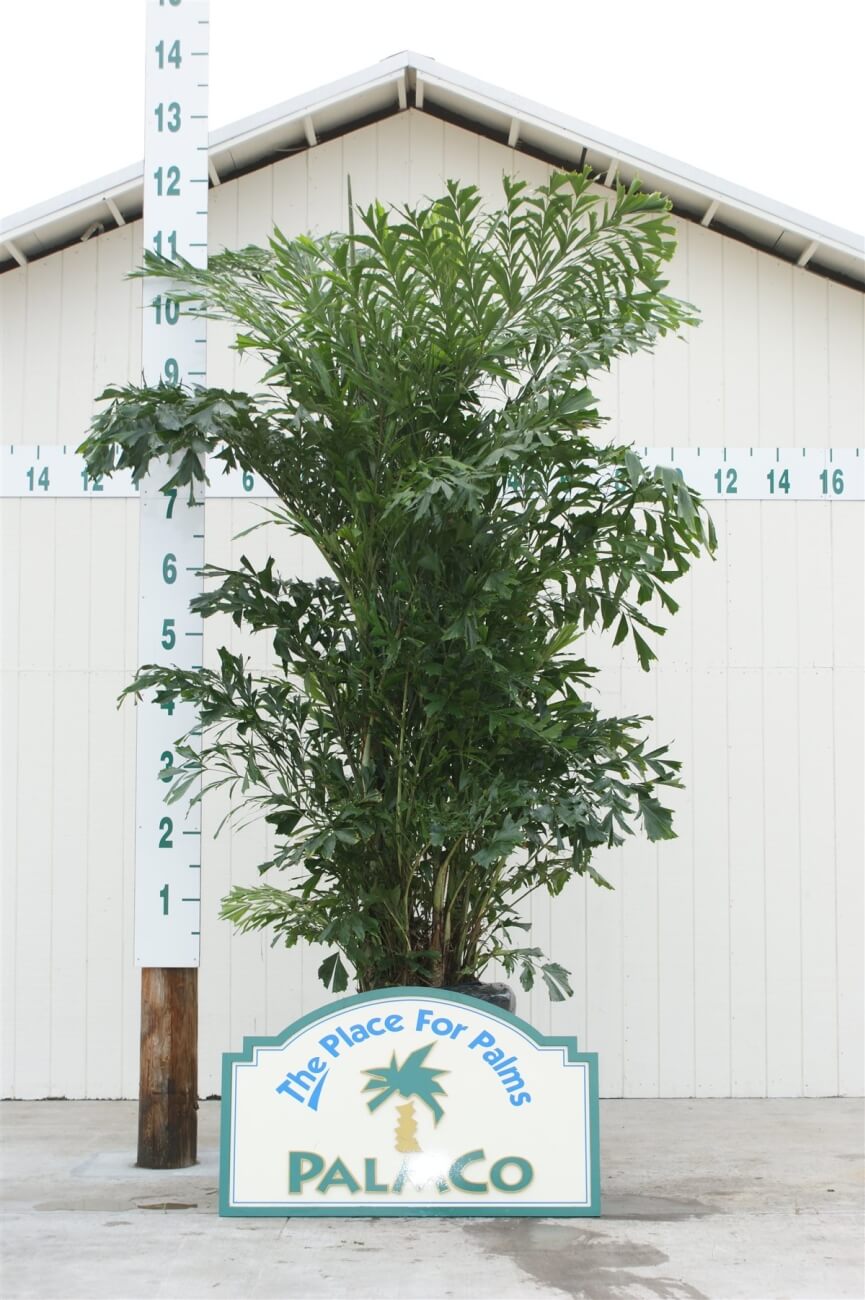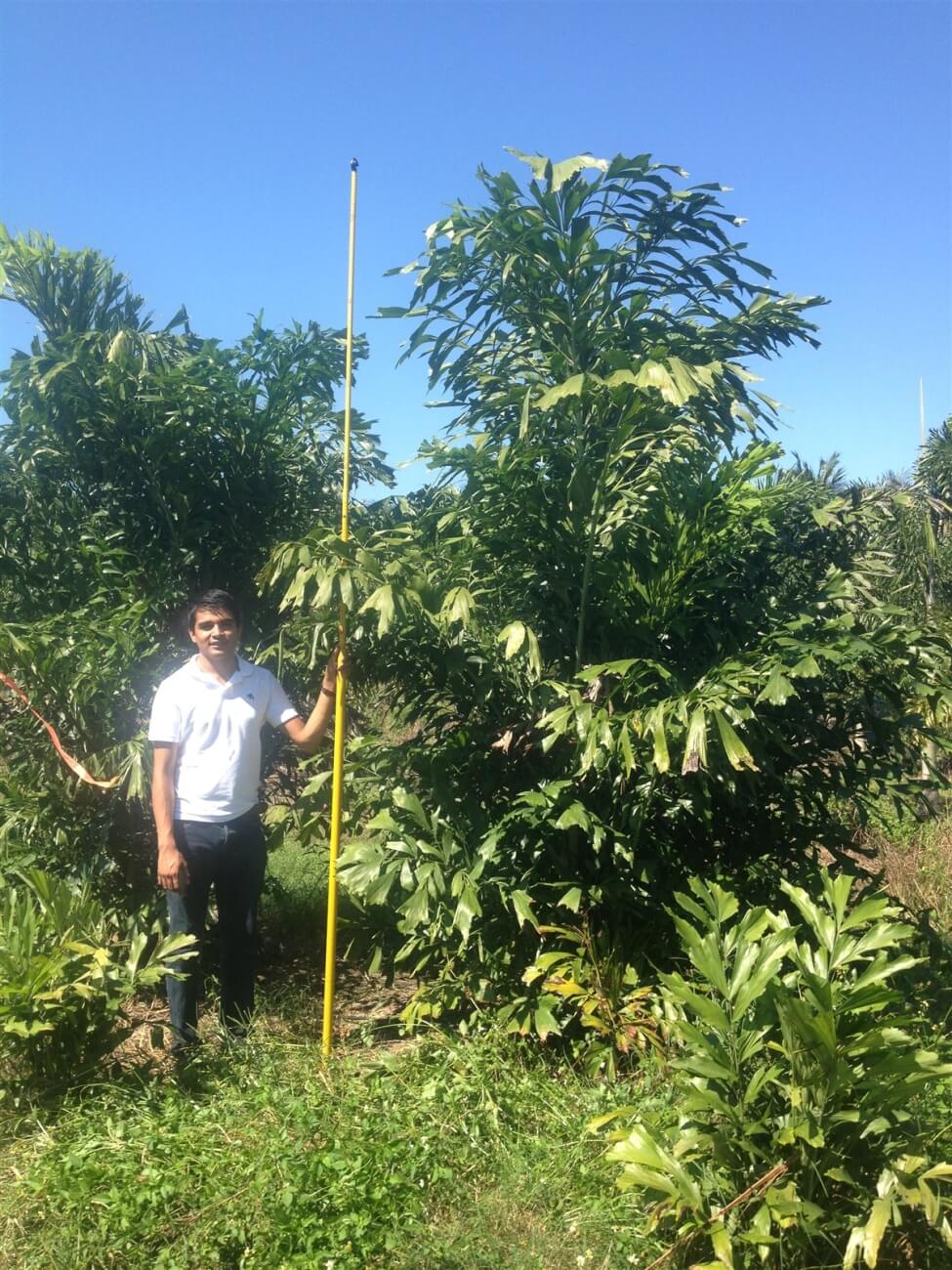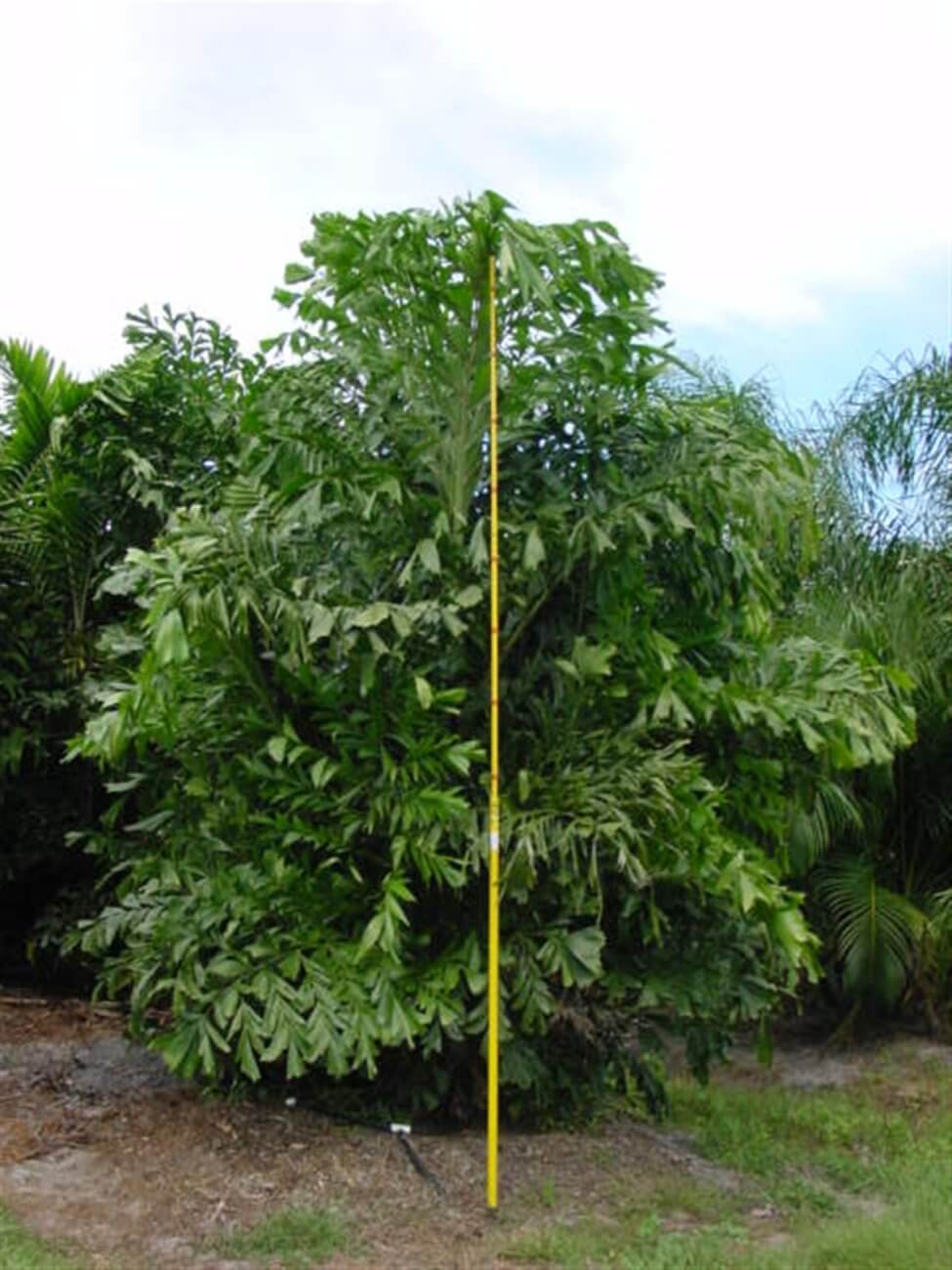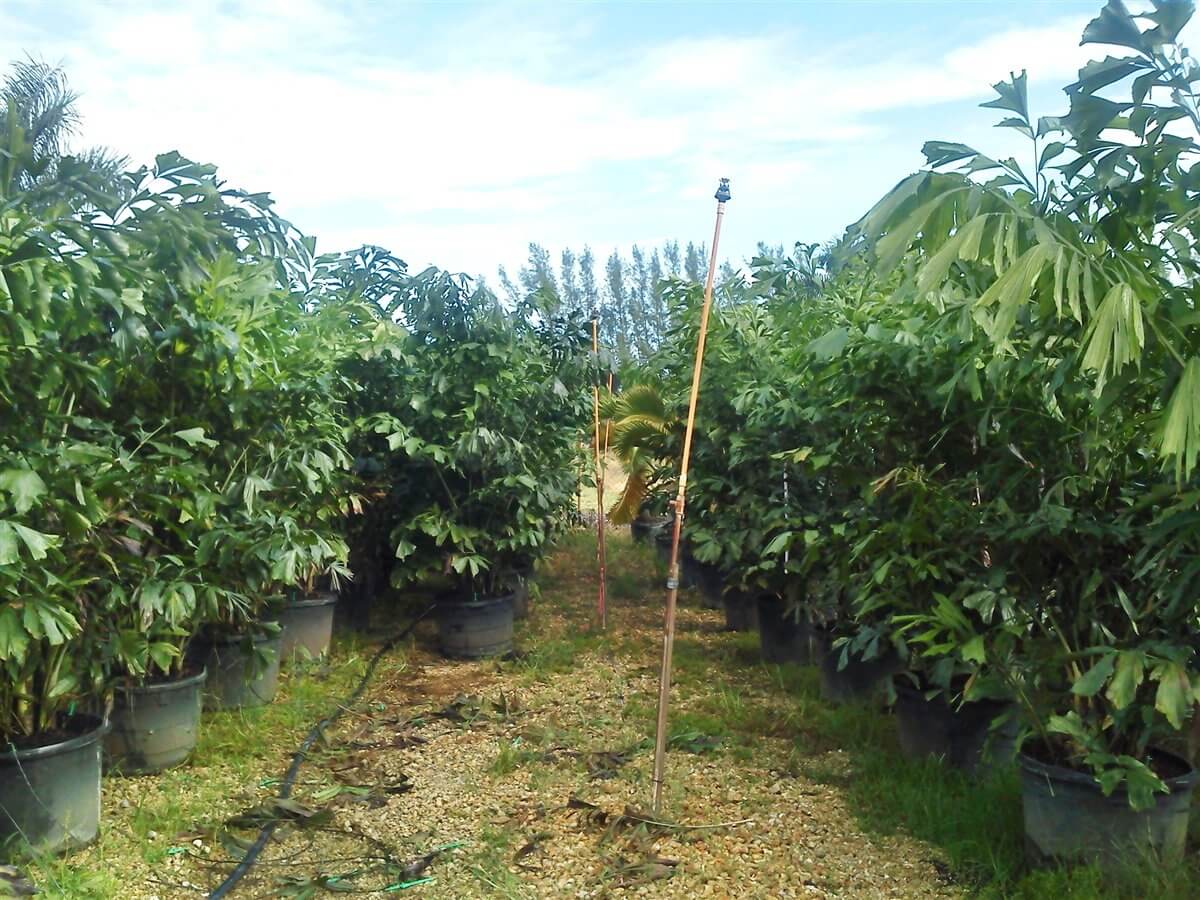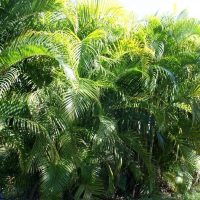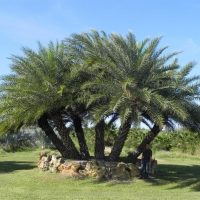Palms
Palms
- Arikury Palm
- Pemba Palm
- Nitida
- Ribbon
- Thatch
- High Plateau Coconut Palm
- Sylvestris
- Triangle
- Washingtonia
- Windmill
- Alexander
- King Alexander
- Lady
- Montgomery
- Caranday
- Adonidia
- Bottle
- Canary
- Chinese Fan
- Dwarf Sugar
- European Fan
- Fishtail
- Foxtail
- Coconut- Green Malayan
- Coconut- Maypan
- Mule
- Paurotis
- Pindo
- Queen
- Reclinata
- Roebelenii
- Royal
- Sabal
- Silver Bismarckia
- Areca
Our Nursery
Select Palms:
Fishtail
-
Common Name:
Fishtail
-
Scientific Name:
Caryota Mitis
-
Drought Tolerance:
Moderate
-
Origin:
Southeast Asia
-
Zone:
10A-11
-
Typical Height:
18-25ft OA
-
Salt Tolerance:
Low
-
Growth Rate:
Moderate
Description
Native to Thailand and Southeast Asia, the fast growing Caryota mitis has taken the landscape world by storm in the past 15 years. US states that are in zones 10A-11 have witnessed the increase in the use of this palm.
Caryota mitis is a clumping palm. It will grow up to 20 feet. Amazingly they can also be cultivated for indoor use in an atrium environment or well lit space within a home.
At Palmco, we grow our Fishtail palms in the field and keep a limited inventory of container material available. The majority of the market dictates the use of field grown material. This is the majority of our inventory.
Some nurseries grow the Caryota mitis as singles, double and triples. Here at Palmco we grow the fullest B&B material possible. Many of our field grown materials have as many as 9 heads. These full bushy palms are sure to draw some serious attention.
Uses include stand alone center pieces or screening applications.
The secret to the visually stunning uniqueness of the Fishtail palm as well as the scientific reason this palm gets its name and looks. Caryota palms are bipinnate palms and are the only palms that have this sort of leaf anatomy. Meaning there are side branches off of the main branch.
The bipinnate leaf structure is uncommon in the palm family. In fact it only occurs in the Caryota genus. The Fishtail is sought after due to its long arching petioles. It is the unusual bipinnate structure that forms the fishtail appearance this palm is named after.
During the summer months they will display beautiful arrangements of brightly colored 1” seeds.
They are monocarpic. Meaning they only flower once at the end of their lifespan.
After this process, which can take years in some cases, the cane will die. As a clumping palm, the Fishtail is unique in that it will have plenty of pups to replace older canes.
Call Palmco today at 239-283-1329 to discuss container and field grown materials, pricing and delivery options.


